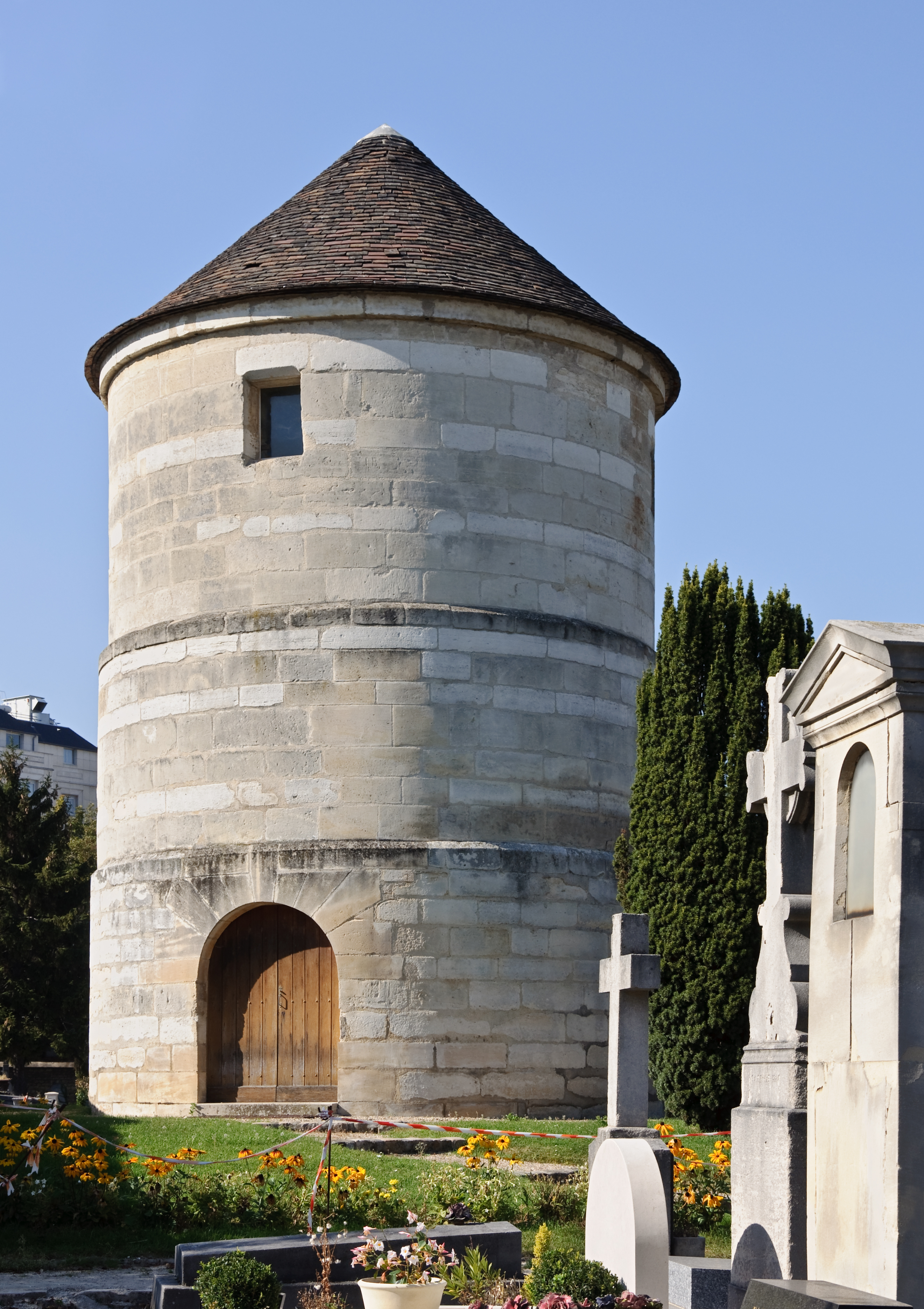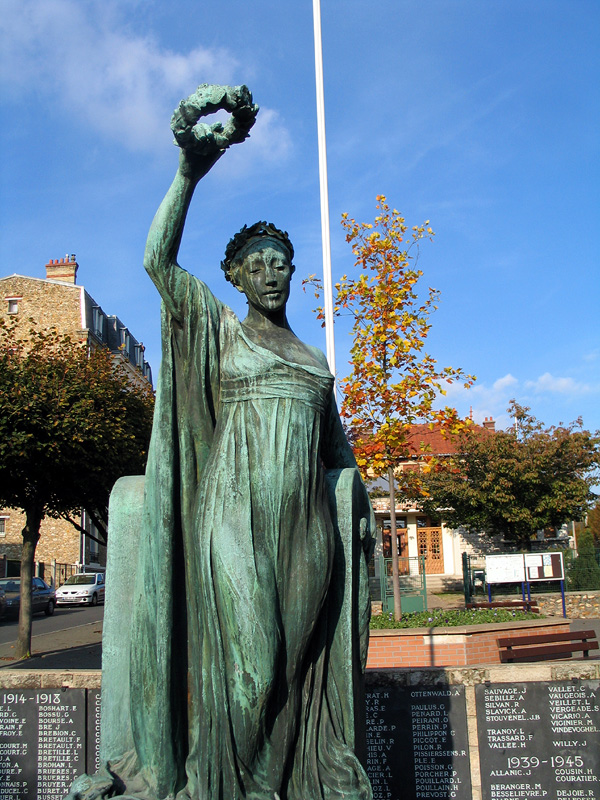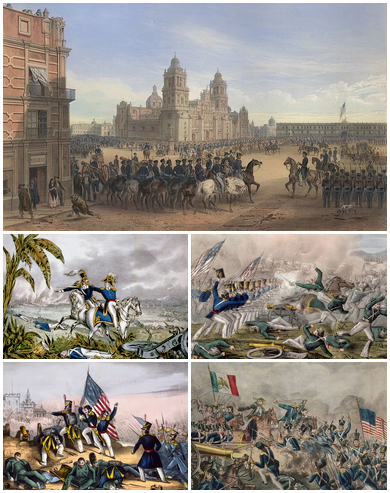|
Honoré Champion
Honoré Champion (1846–1913) was a French publisher. He founded Éditions Honoré Champion in 1874 and published scientific works geared towards laymen, particularly concerning history and literature. Champion died from an embolism on 8 April 1913 in his apartment at 30 rue Jacob, Paris.Pierre Champion, Mon vieux quartier', Paris, Bernard Grasset, 1932, p. 55-56 . Retrieved 20 December 2018. His tomb, located at the Montparnasse Cemetery, was sculpted by Albert Bartholomé. His sons were Edouard Champion, who took over the publishing house (often rendered in Colophon (publishing), colophons as H. Champion), and the historian Pierre Champion.Gabriel Leclec"Edouard Champion ou la belle légende du vieux libraire" ''L'Homme libre '', 6-7 March 1938, pp. 1-2 . Retrieved 20 December 2018. References French book publishers (people) 1846 births 1913 deaths Burials at Montparnasse Cemetery French male writers Members of the Ligue de la patrie française {{France-nonficti ... [...More Info...] [...Related Items...] OR: [Wikipedia] [Google] [Baidu] |
Embolism
An embolism is the lodging of an embolus, a blockage-causing piece of material, inside a blood vessel. The embolus may be a blood clot (thrombus), a fat globule (fat embolism), a bubble of air or other gas (air embolism, gas embolism), amniotic fluid (amniotic fluid embolism), or foreign body, foreign material. An embolism can cause partial or total blockage of blood flow in the affected vessel. Such a blockage (vascular occlusion) may affect a part of the body distant from the origin of the embolus. An embolism in which the embolus is a piece of thrombus is called a thromboembolism. An embolism is usually a pathological event, caused by illness or injury. Sometimes it is created intentionally for a therapeutic reason, such as to hemostasis, stop bleeding or to kill a cancerous tumor by stopping its blood supply. Such therapy is called embolization. Classification There are different types of embolism, some of which are listed below. Embolism can be classified based on wher ... [...More Info...] [...Related Items...] OR: [Wikipedia] [Google] [Baidu] |
Montparnasse Cemetery
Montparnasse Cemetery () is a cemetery in the Montparnasse quarter of Paris, in the city's 14th arrondissement of Paris, 14th arrondissement. The cemetery is roughly 47 acres and is the second largest cemetery in Paris. The cemetery has over 35,000 graves, and approximately 1,000 people are buried there each year. The cemetery is the resting place for a variety of individuals including political figures, philosophers, artists, actors, and writers. Additionally, the cemetery contains a number of tombs commemorating those who died in the Franco-Prussian war during the Siege of Paris (1870–71), siege of Paris (1870–1871) and the Paris Commune (1871). History The cemetery was created at the beginning of the 19th century in the southern part of the city. At the same time there were cemeteries outside the city limits: Passy Cemetery to the west, Montmartre Cemetery to the north, and Père Lachaise Cemetery to the east. In the 16th century the intersecting roads of Vavin and Raspail ... [...More Info...] [...Related Items...] OR: [Wikipedia] [Google] [Baidu] |
Albert Bartholomé
Paul-Albert Bartholomé was a French painter and sculptor. He was born on 29 August 1848 in Thiverval-Grignon, Yvelines, France, and died in 1928 in Paris. He won the Grand Prize for sculpture at the Exposition Universelle (1900), Exposition Universelle in 1900. He exhibited paintings at the Salon (Paris), Salon from 1879 to 1886, but thereafter devoted his work to sculpture. Biography He studied law and fought in the Franco-Prussian War in General Bourbaki's army and became a prisoner in Switzerland. In due course he attended the École nationale supérieure des Beaux-Arts, École des Beaux-Arts in Paris where he studied painting under Barthélemy Menn and Jean-Léon Gérôme. He then set himself up in a studio in Paris and became a close friend of Edgar Degas. He married the daughter of a marquis, Prospérie de Fleury, but she died at a young age in 1887. Much encouraged by Degas he decided to try his hand at sculpture and executed the moving sculpture which marked his wif ... [...More Info...] [...Related Items...] OR: [Wikipedia] [Google] [Baidu] |
Colophon (publishing)
In publishing, a colophon () is a brief statement containing information about the publication of a book such as an "imprint" (the place of publication, the publisher, and the date of publication). A colophon may include the device (logo) of a printer or publisher. Colophons are traditionally printed at the ends of books (see History below for the origin of the word), but sometimes the same information appears elsewhere (when it may still be referred to as colophon) and many modern (post-1800) books bear this information on the title page or on the verso of the title leaf, which is sometimes called a ''biblio page'' or (when bearing copyright data) the '' copyright page''. History The term ''colophon'' derives from the Late Latin ''colophōn'', from the Greek κολοφών (meaning "summit" or "finishing touch"). The term colophon was used in 1729 as the bibliographic explication at the end of the book by the English printer Samuel Palmer in his ''The General History of Prin ... [...More Info...] [...Related Items...] OR: [Wikipedia] [Google] [Baidu] |
Pierre Champion
Pierre is a masculine given name. It is a French form of the name Peter. Pierre originally meant "rock" or "stone" in French (derived from the Greek word πέτρος (''petros'') meaning "stone, rock", via Latin "petra"). It is a translation of Aramaic כיפא (''Kefa),'' the nickname Jesus gave to apostle Simon Bar-Jona, referred in English as Saint Peter. Pierre is also found as a surname. People with the given name * Monsieur Pierre, Pierre Jean Philippe Zurcher-Margolle (c. 1890–1963), French ballroom dancer and dance teacher * Pierre (footballer), Lucas Pierre Santos Oliveira (born 1982), Brazilian footballer * Pierre, Baron of Beauvau (c. 1380–1453) * Pierre, Duke of Penthièvre (1845–1919) * Pierre, marquis de Fayet (died 1737), French naval commander and Governor General of Saint-Domingue * Prince Pierre, Duke of Valentinois (1895–1964), father of Rainier III of Monaco * Pierre Affre (1590–1669), French sculptor * Pierre Agostini, French physicist * P ... [...More Info...] [...Related Items...] OR: [Wikipedia] [Google] [Baidu] |
French Book Publishers (people)
French may refer to: * Something of, from, or related to France ** French language, which originated in France ** French people, a nation and ethnic group ** French cuisine, cooking traditions and practices Arts and media * The French (band), a British rock band * "French" (episode), a live-action episode of ''The Super Mario Bros. Super Show!'' * ''Française'' (film), a 2008 film * French Stewart (born 1964), American actor Other uses * French (surname), a surname (including a list of people with the name) * French (tunic), a type of military jacket or tunic * French's, an American brand of mustard condiment * French (catheter scale), a unit of measurement * French Defence, a chess opening * French kiss, a type of kiss See also * France (other) * Franch, a surname * French Revolution (other) * French River (other), several rivers and other places * Frenching (other) * Justice French (other) Justice French may refer to: * C. G. ... [...More Info...] [...Related Items...] OR: [Wikipedia] [Google] [Baidu] |
1846 Births
Events January–March * January 5 – The United States House of Representatives votes to stop sharing the Oregon Country with the United Kingdom. * January 13 – The Milan–Venice railway's bridge, over the Venetian Lagoon between Mestre and Venice in Italy, opens, the world's longest since 1151. * January 23 – Ahmad I ibn Mustafa, Bey of Tunis, declares the legal abolition of slavery in Tunisia. * February 4 – Led by Brigham Young, many Mormons in the U.S. begin their migration west from Nauvoo, Illinois, to the Great Salt Lake in what becomes Utah. * February 10 – First Anglo-Sikh war: Battle of Sobraon – British forces in India defeat the Sikhs. * February 18 – The Galician Peasant Uprising of 1846 begins in Austria. * February 19 – Texas annexation: United States president James K. Polk's annexation of the Republic of Texas is finalized by Texas president Anson Jones in a formal ceremony of transfer of sovereignty. The newly formed ... [...More Info...] [...Related Items...] OR: [Wikipedia] [Google] [Baidu] |
1913 Deaths
Events January * January – Joseph Stalin travels to Vienna to research his ''Marxism and the National Question''. This means that, during this month, Stalin, Hitler, Trotsky and Tito are all living in the city. * January 3 – First Balkan War: Greece completes its Battle of Chios (1912), capture of the eastern Aegean island of Chios, as the last Ottoman forces on the island surrender. * January 13 – Edward Carson founds the (first) Ulster Volunteers, Ulster Volunteer Force, by unifying several existing Ulster loyalism, loyalist militias to resist home rule for Ireland. * January 18 – First Balkan War: Battle of Lemnos (1913), Battle of Lemnos – Greek admiral Pavlos Kountouriotis forces the Turkish fleet to retreat to its base within the Dardanelles, from which it will not venture for the rest of the war. * January 23 – 1913 Ottoman coup d'état: Enver Pasha comes to power. February * February 1 – New York City's Grand Central Te ... [...More Info...] [...Related Items...] OR: [Wikipedia] [Google] [Baidu] |
Burials At Montparnasse Cemetery
Burial, also known as interment or inhumation, is a method of final disposition whereby a dead body is placed into the ground, sometimes with objects. This is usually accomplished by excavating a pit or trench, placing the deceased and objects in it, and covering it over. A funeral is a ceremony that accompanies the final disposition. Evidence suggests that some Archaic humans, archaic and early modern humans buried their dead. Burial is often seen as indicating respect for the dead. It has been used to prevent the odor of decay, to give family members Closure (psychology), closure and prevent them from witnessing the decomposition of their loved ones, and in many cultures it has been seen as a necessary step for the deceased to enter the afterlife or to give back to the cycle of life. Methods of burial may be heavily ritualized and can include natural burial (sometimes called "green burial"); embalming or mummification; and the use of containers for the dead, such as shroud ... [...More Info...] [...Related Items...] OR: [Wikipedia] [Google] [Baidu] |







